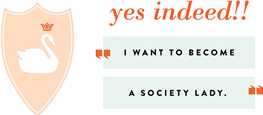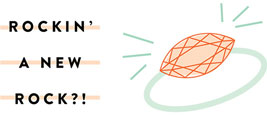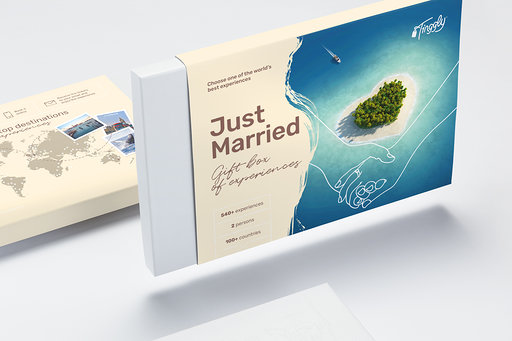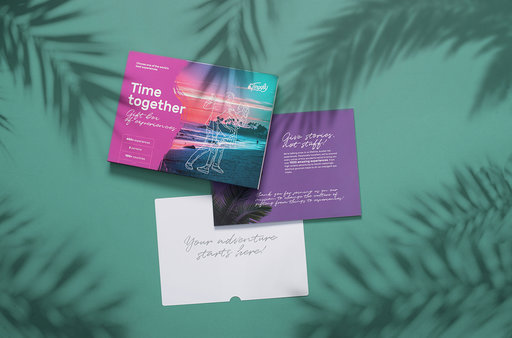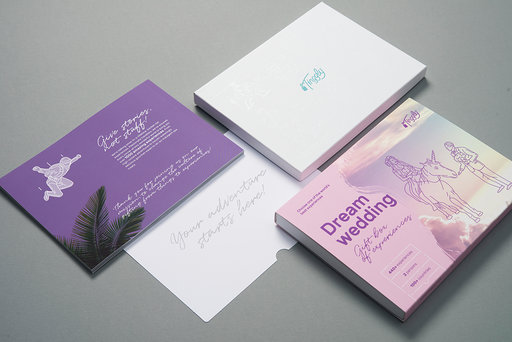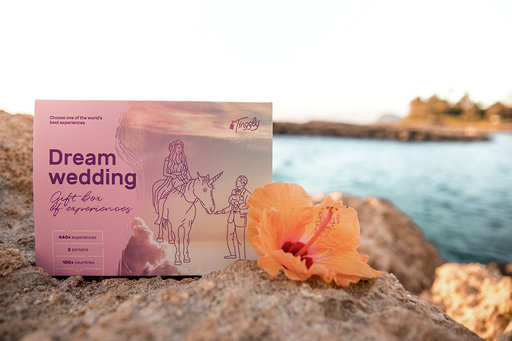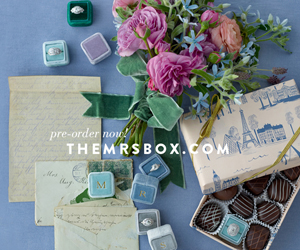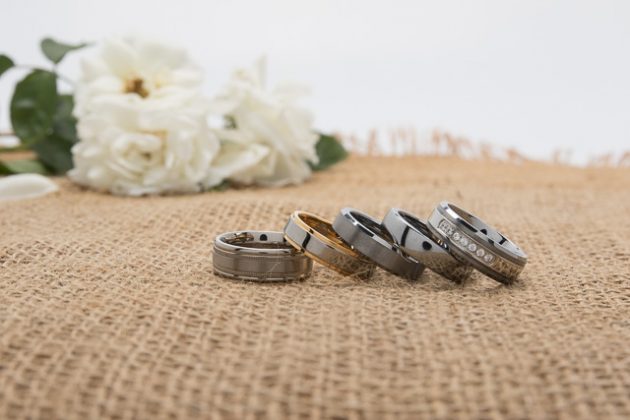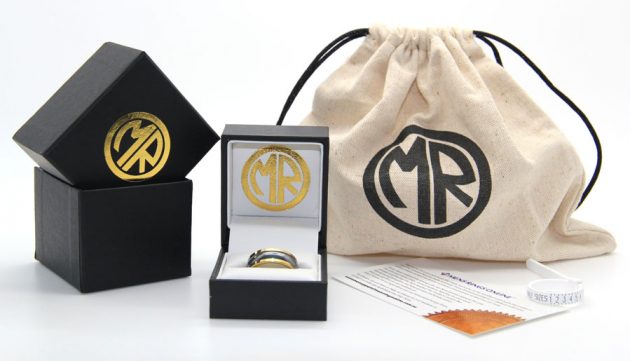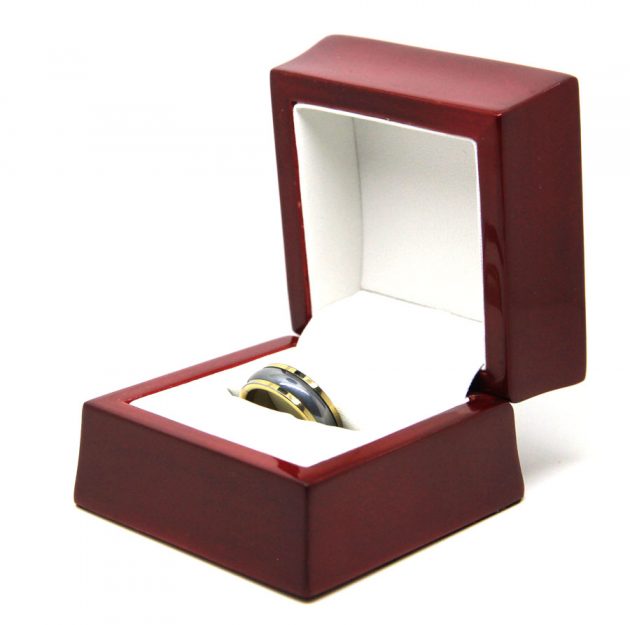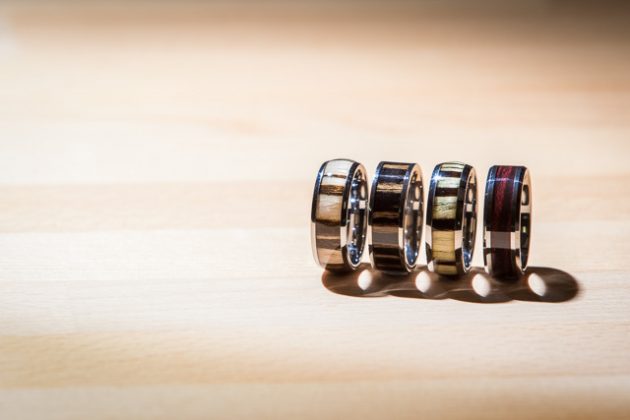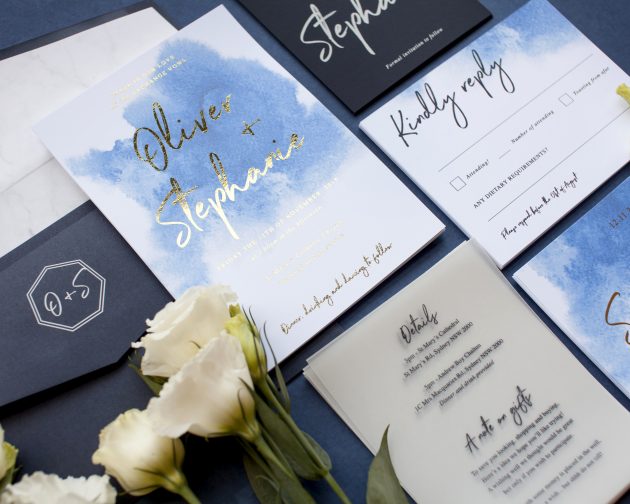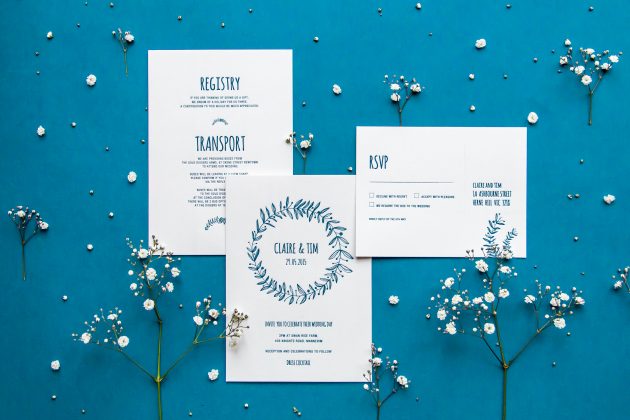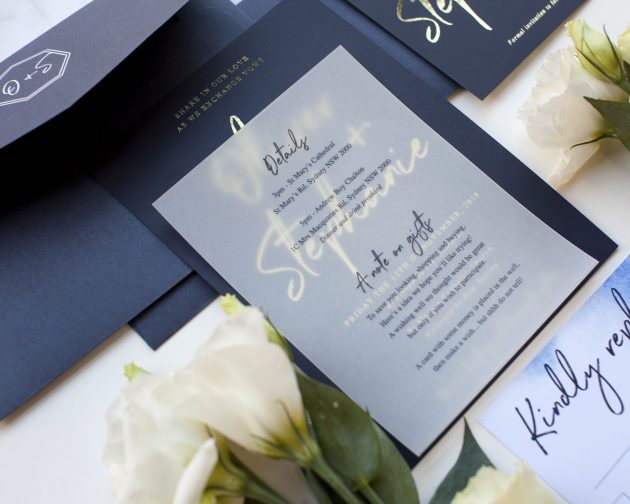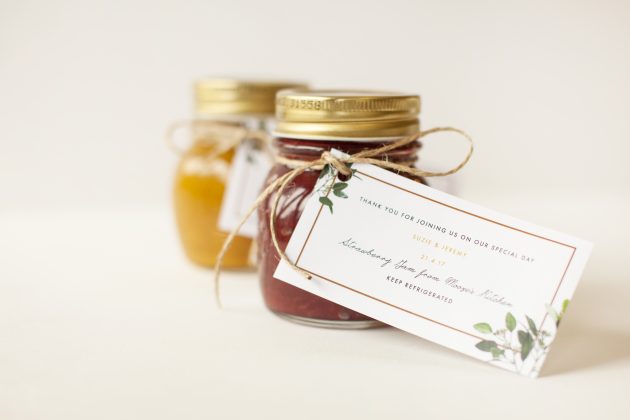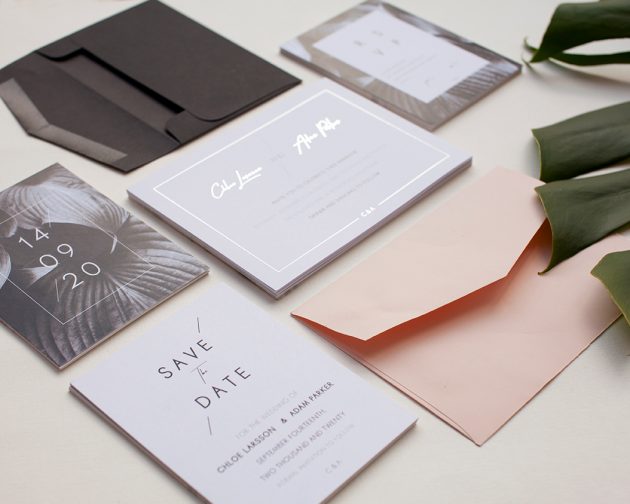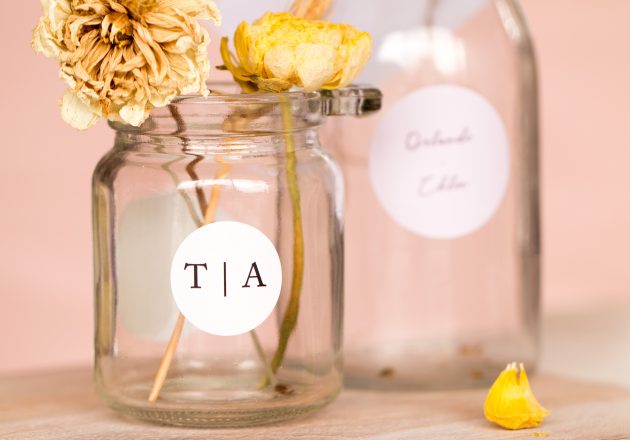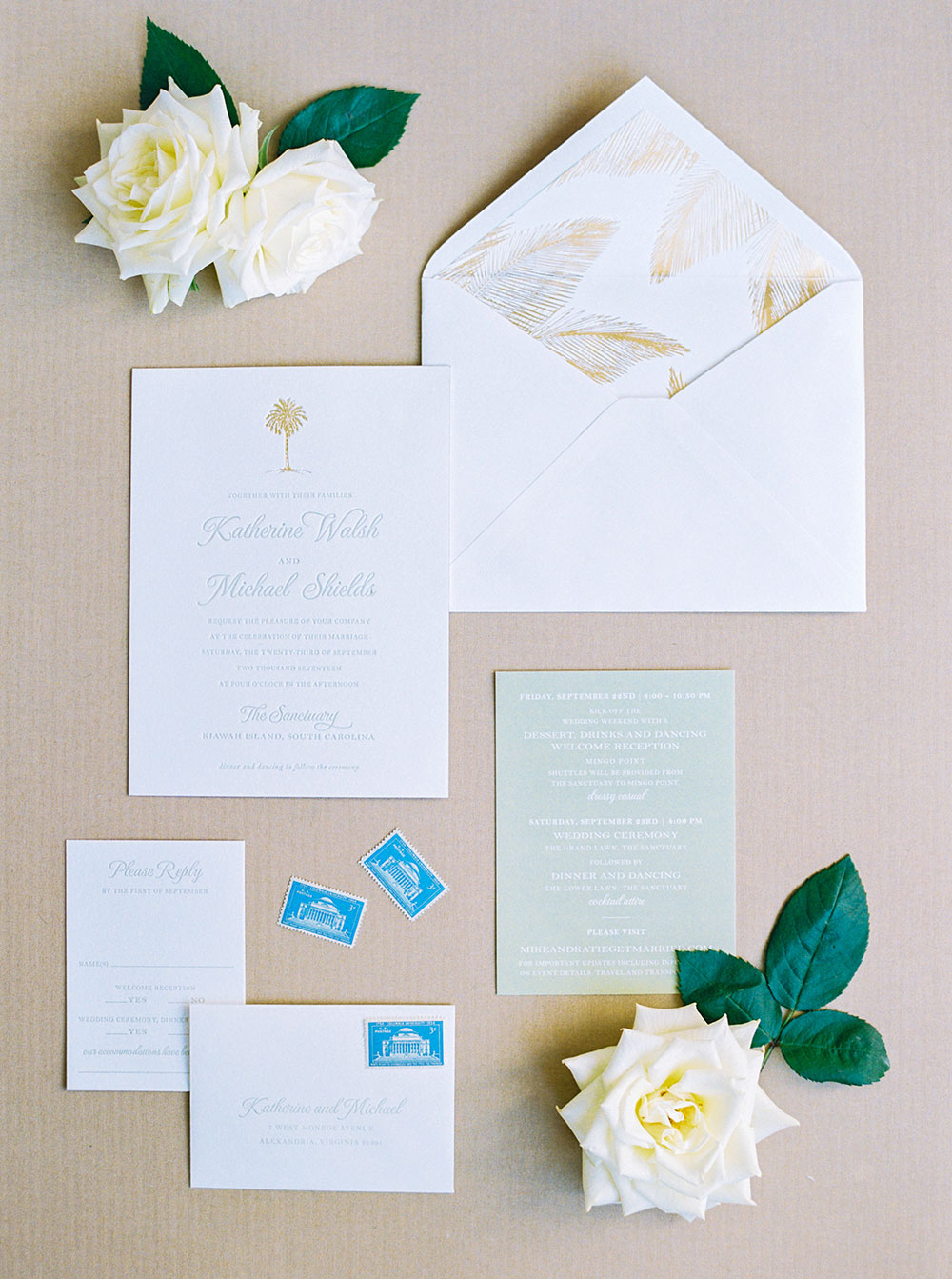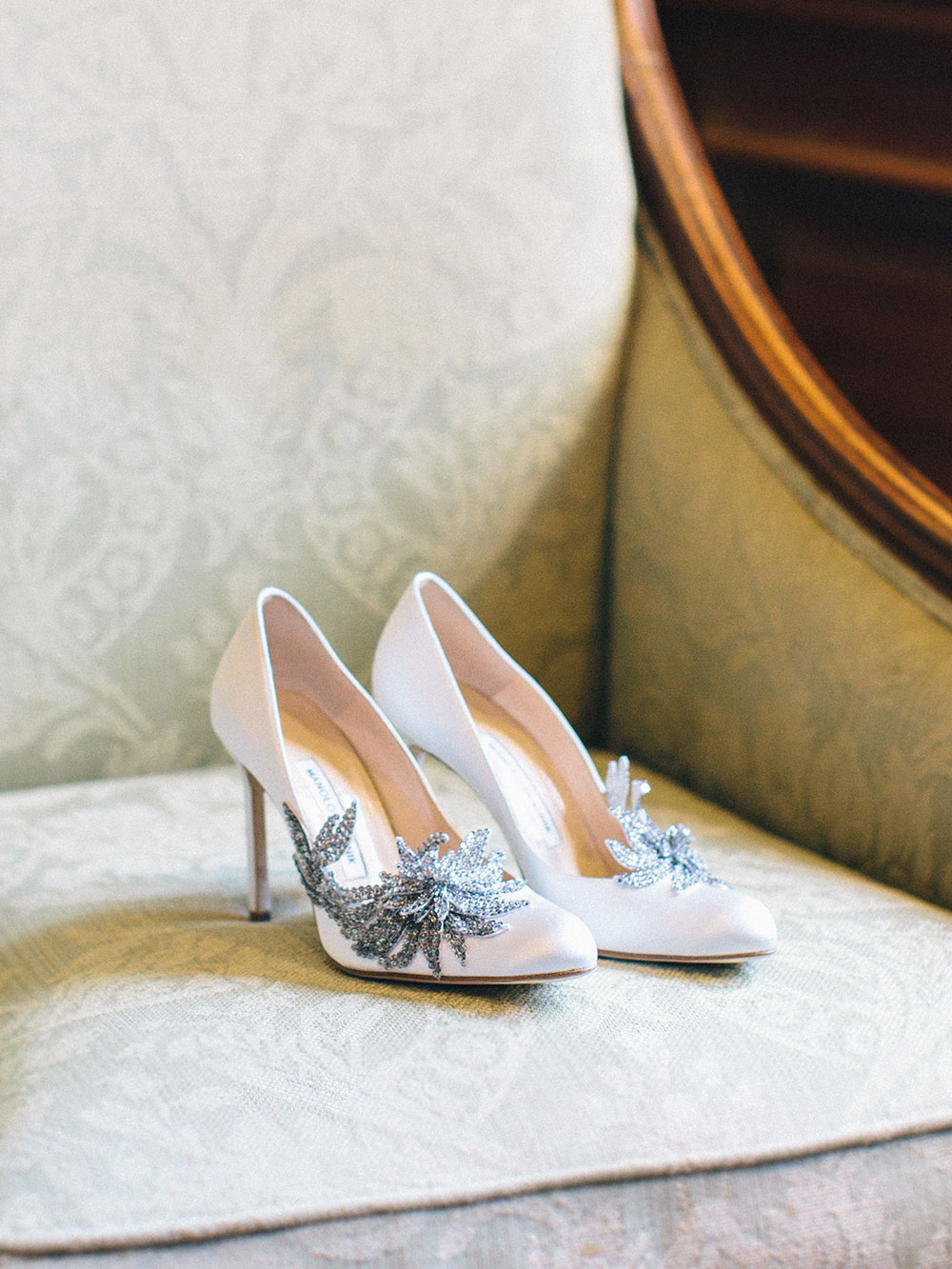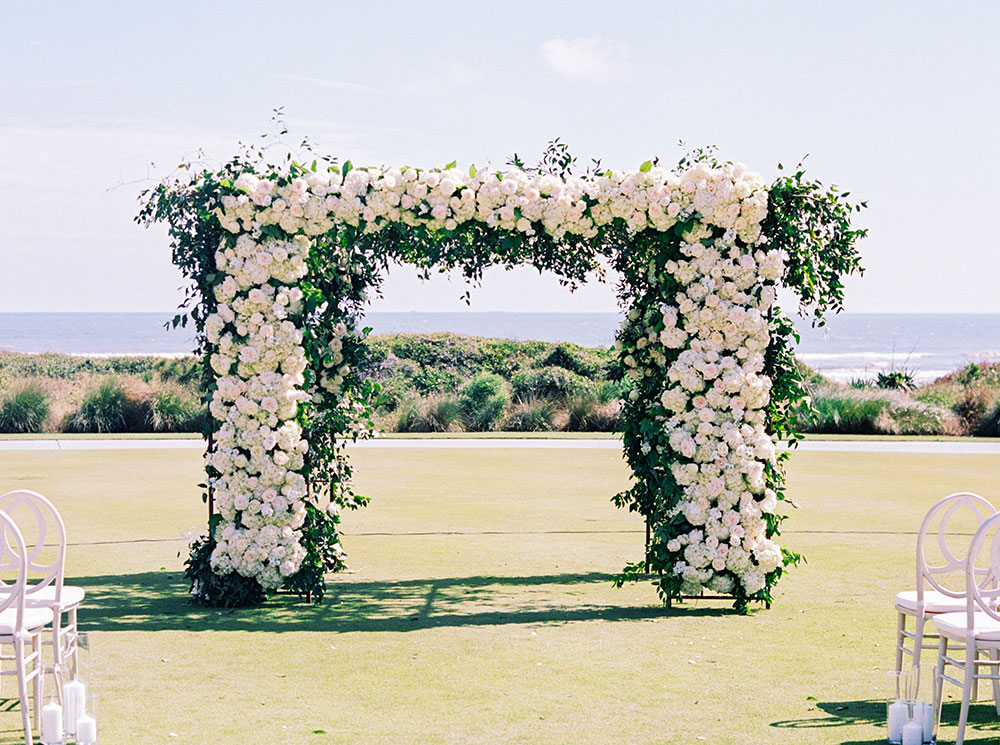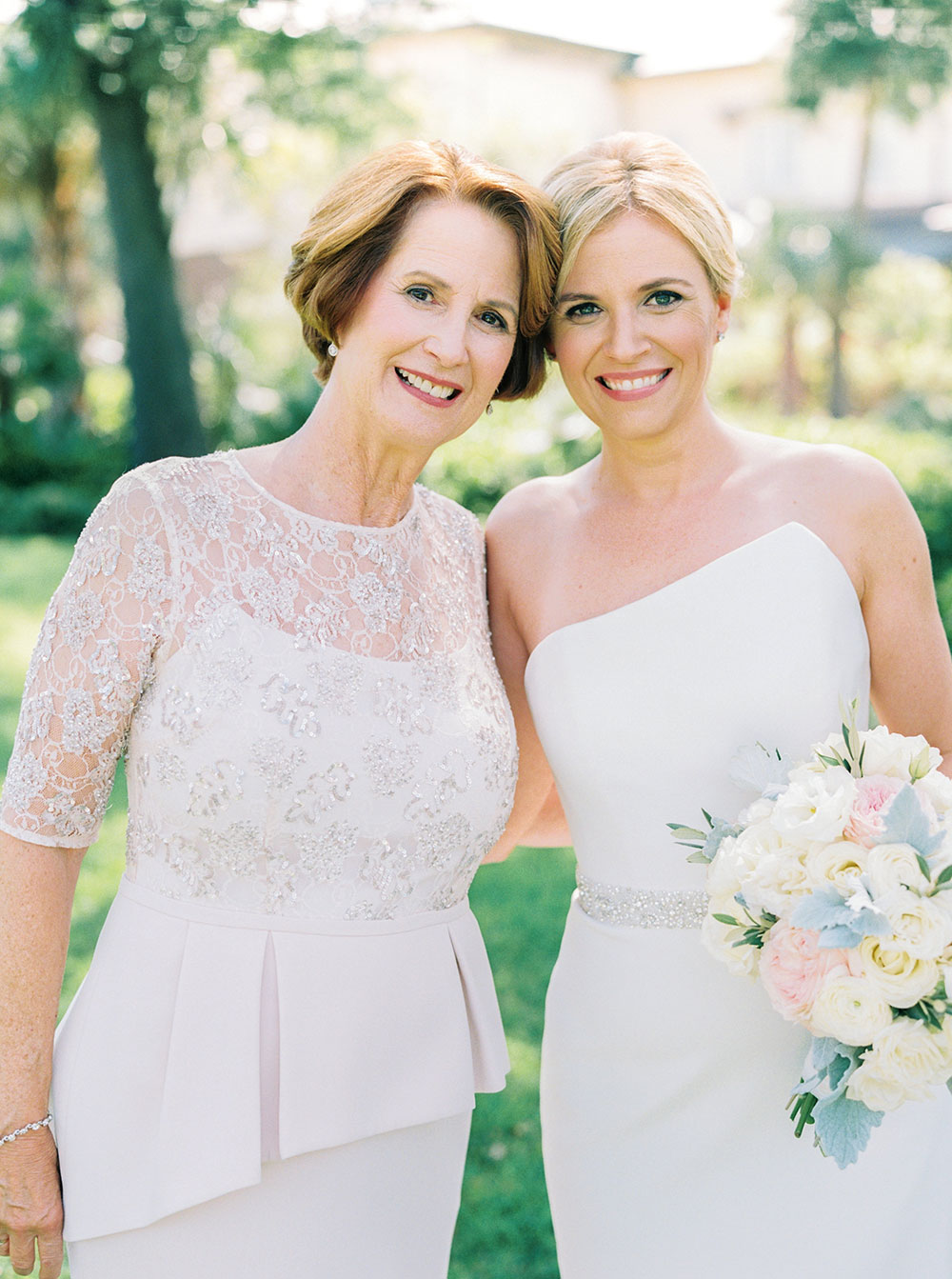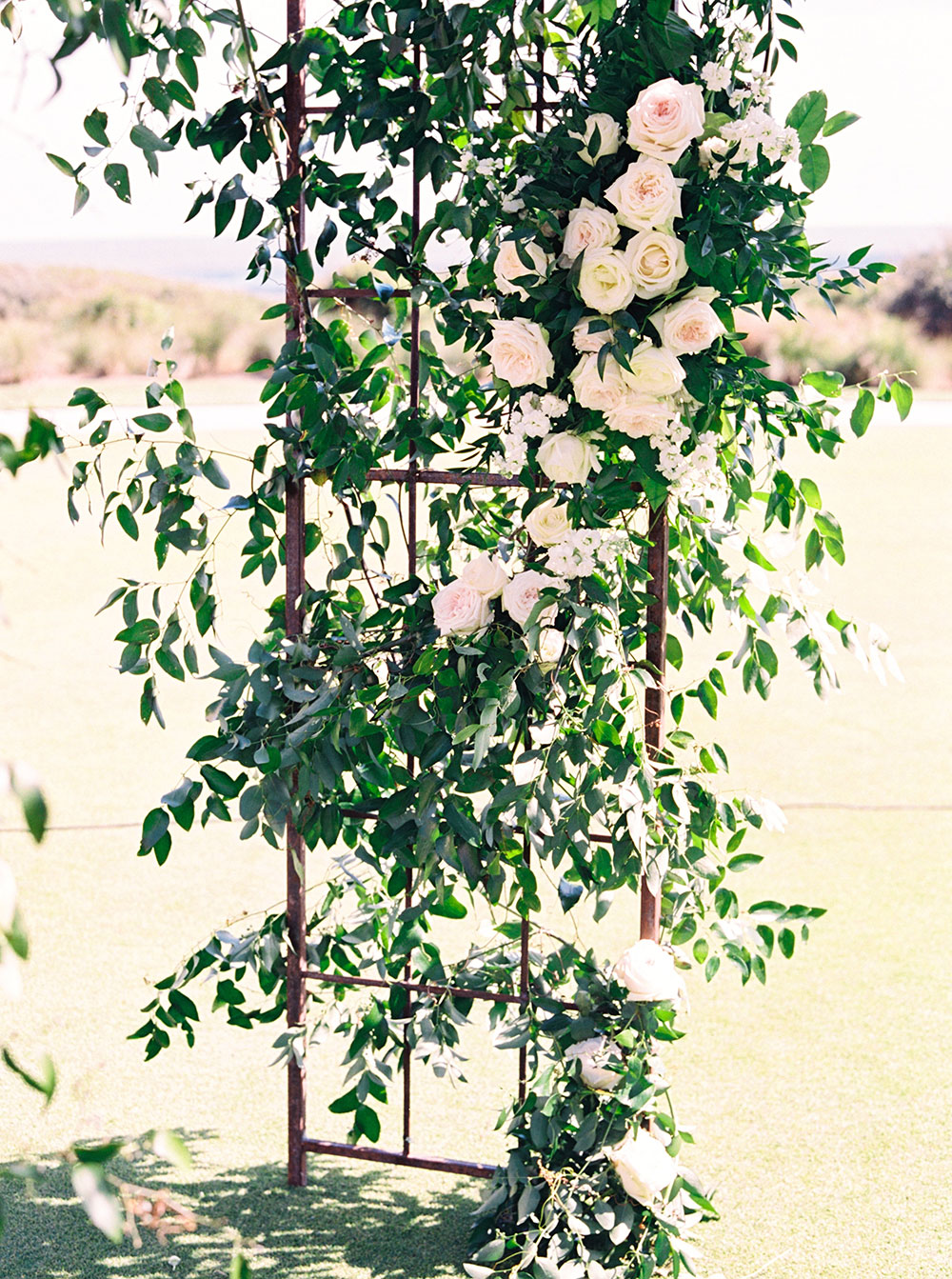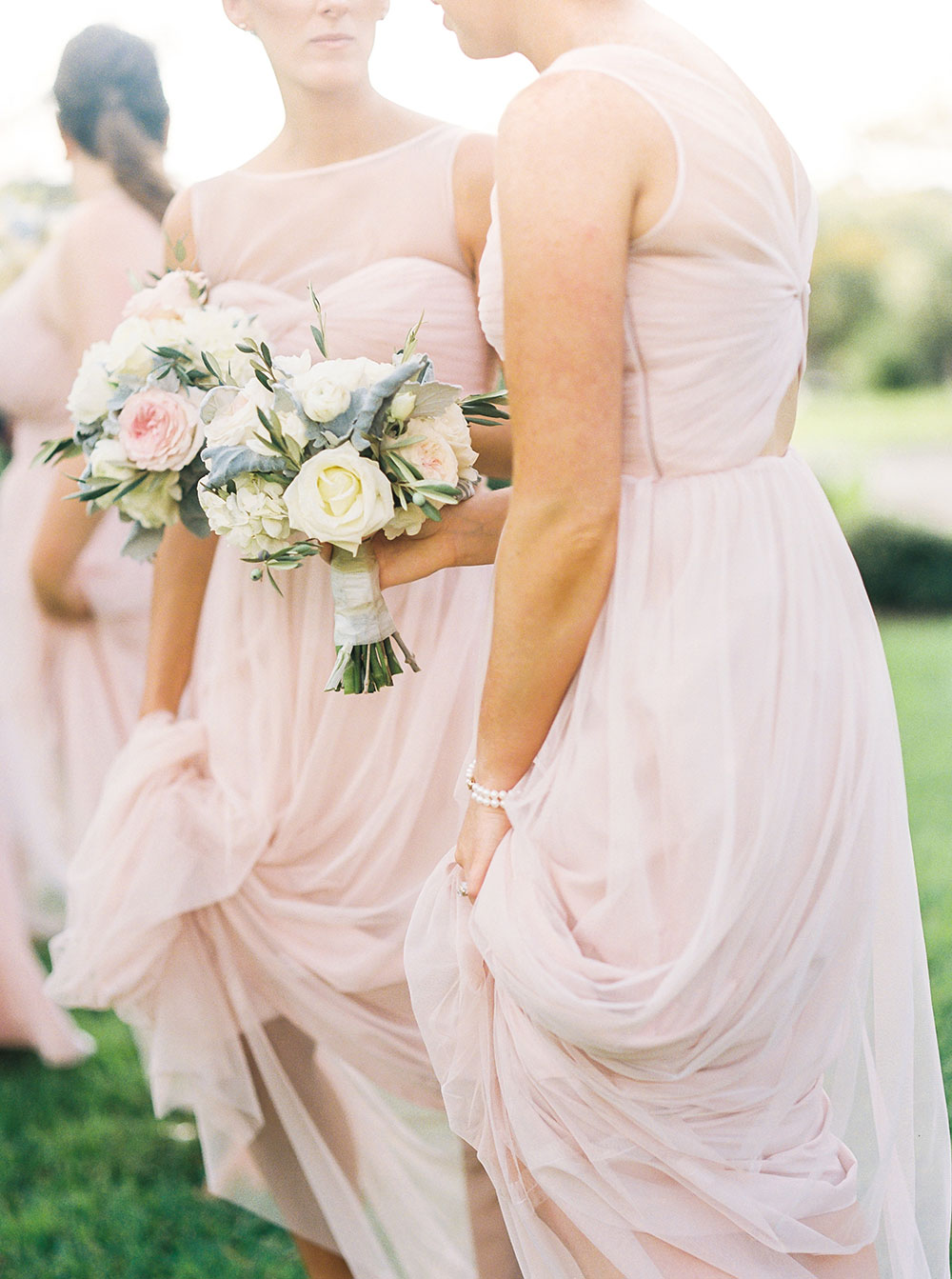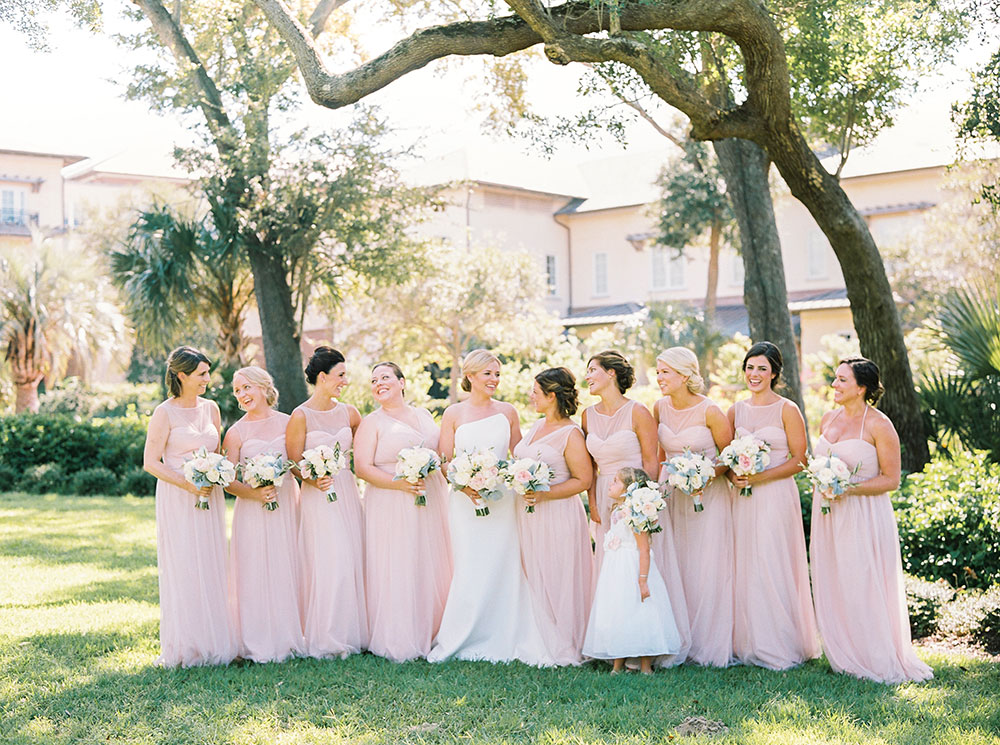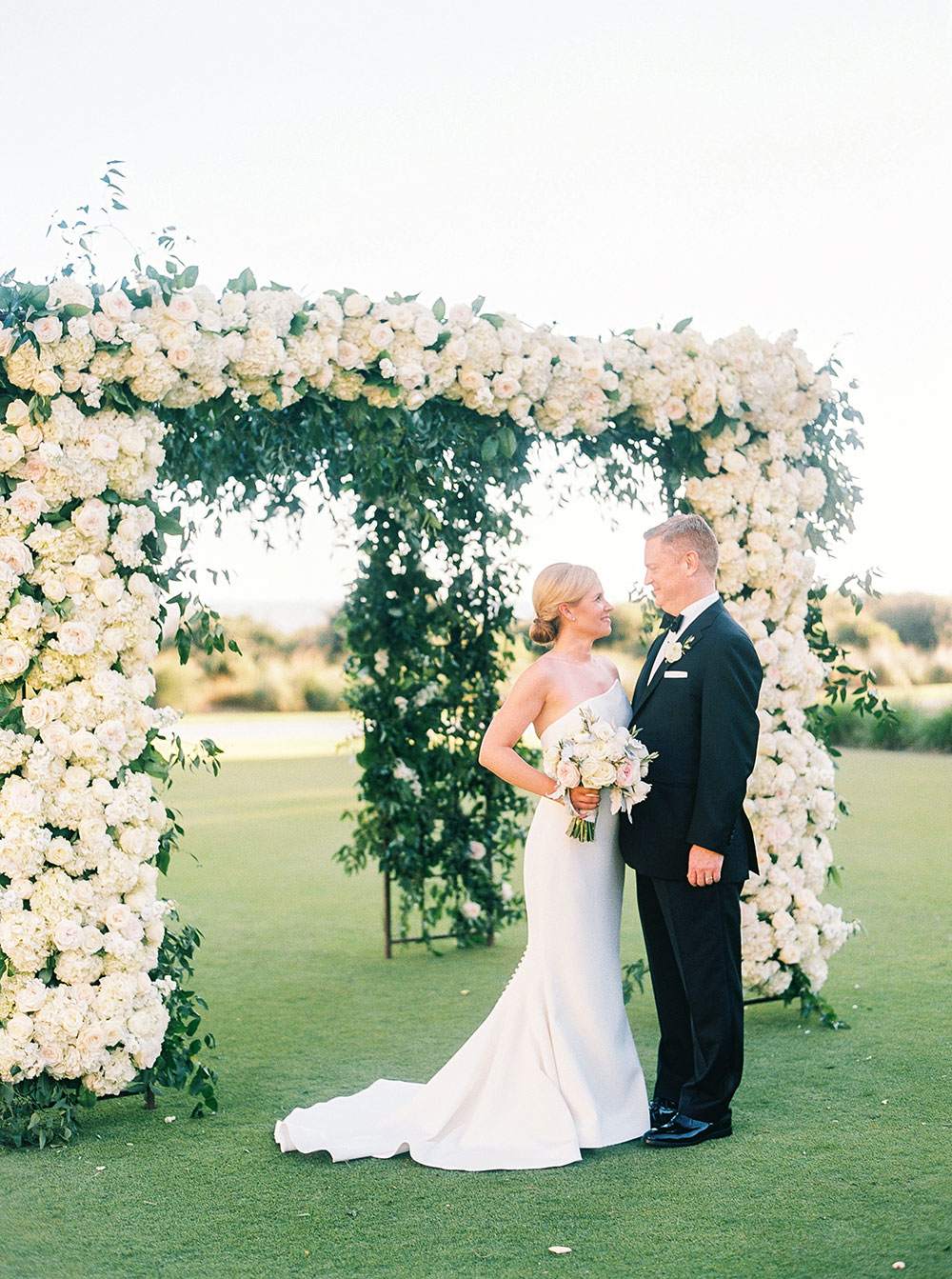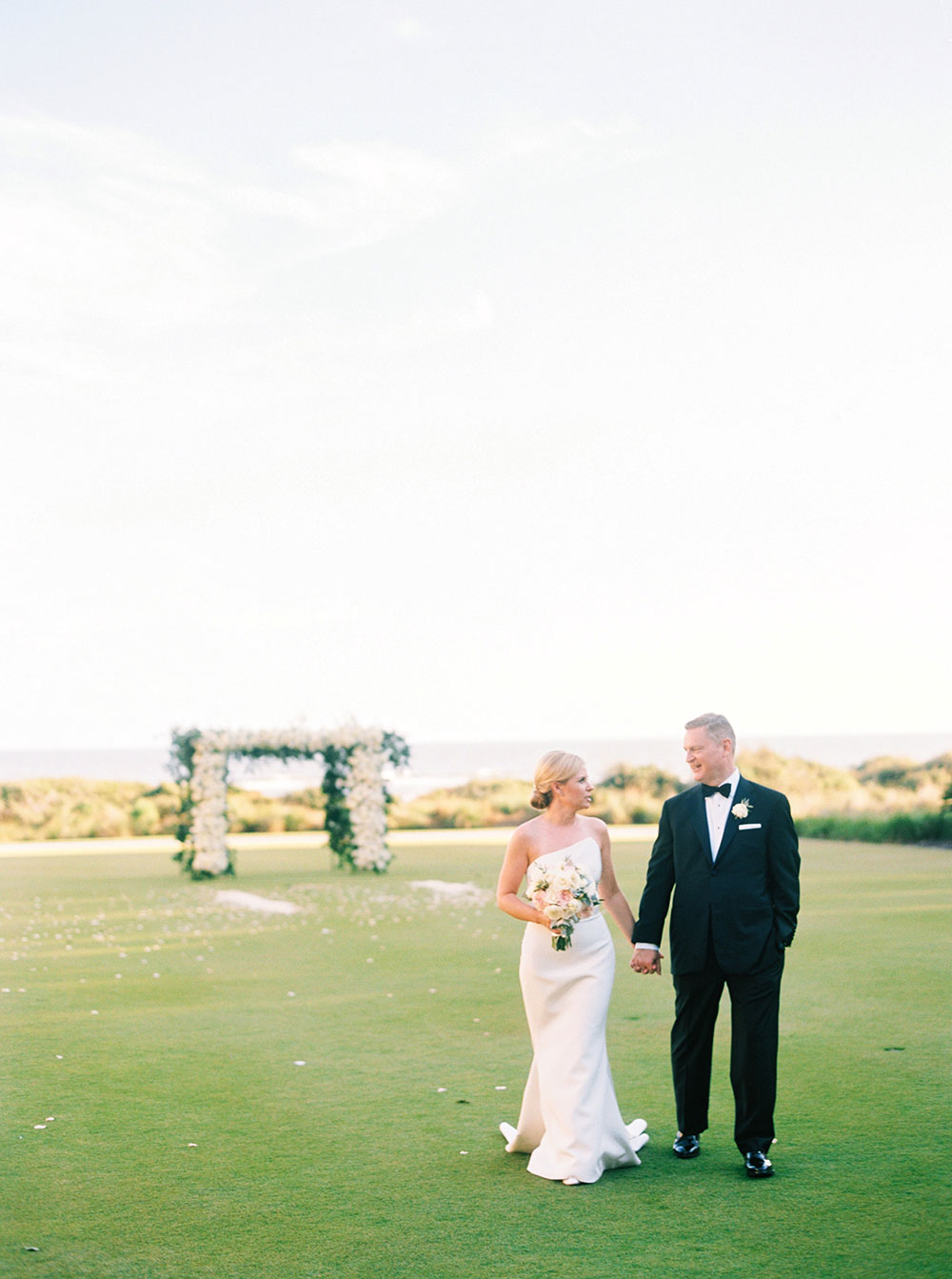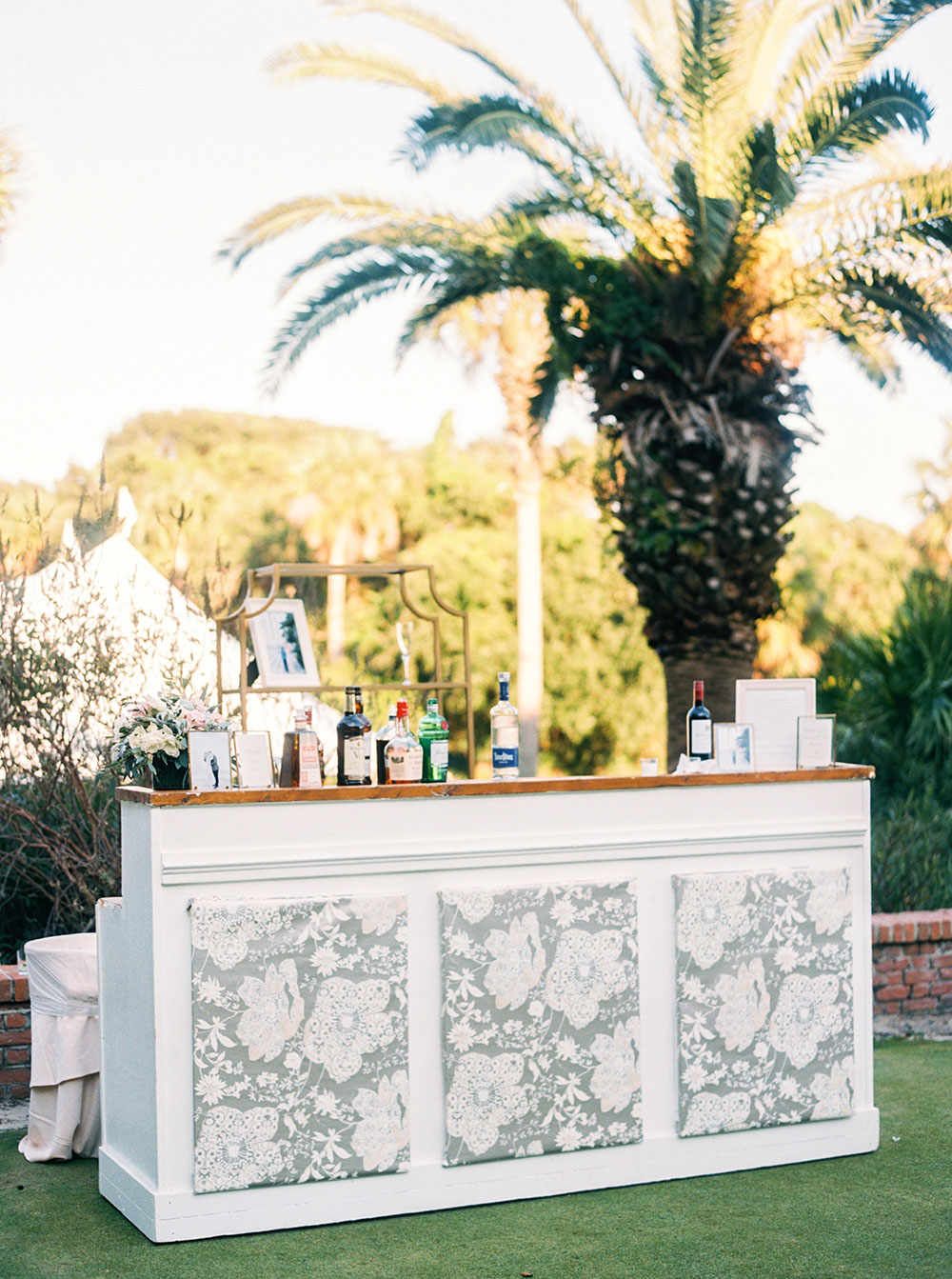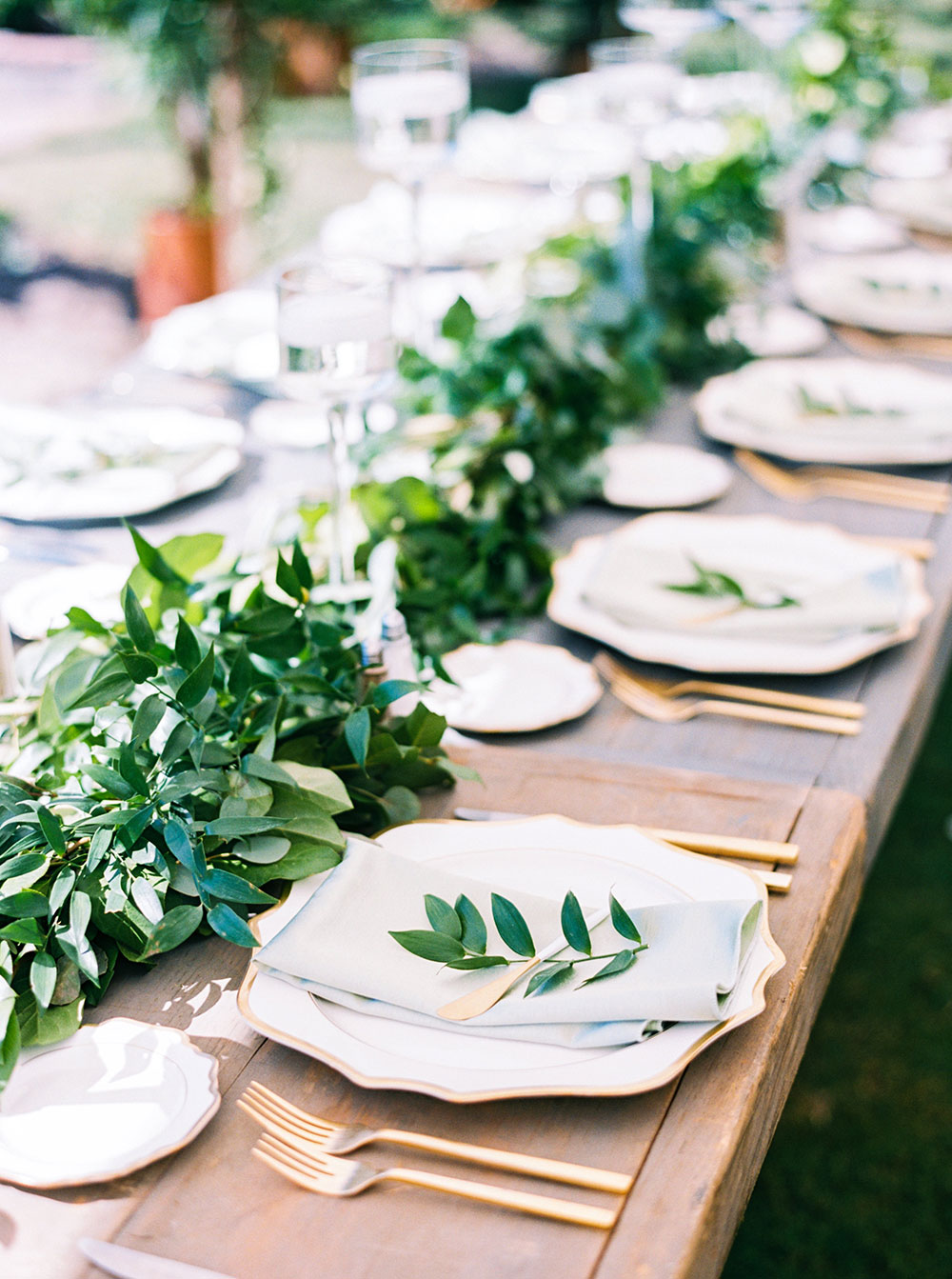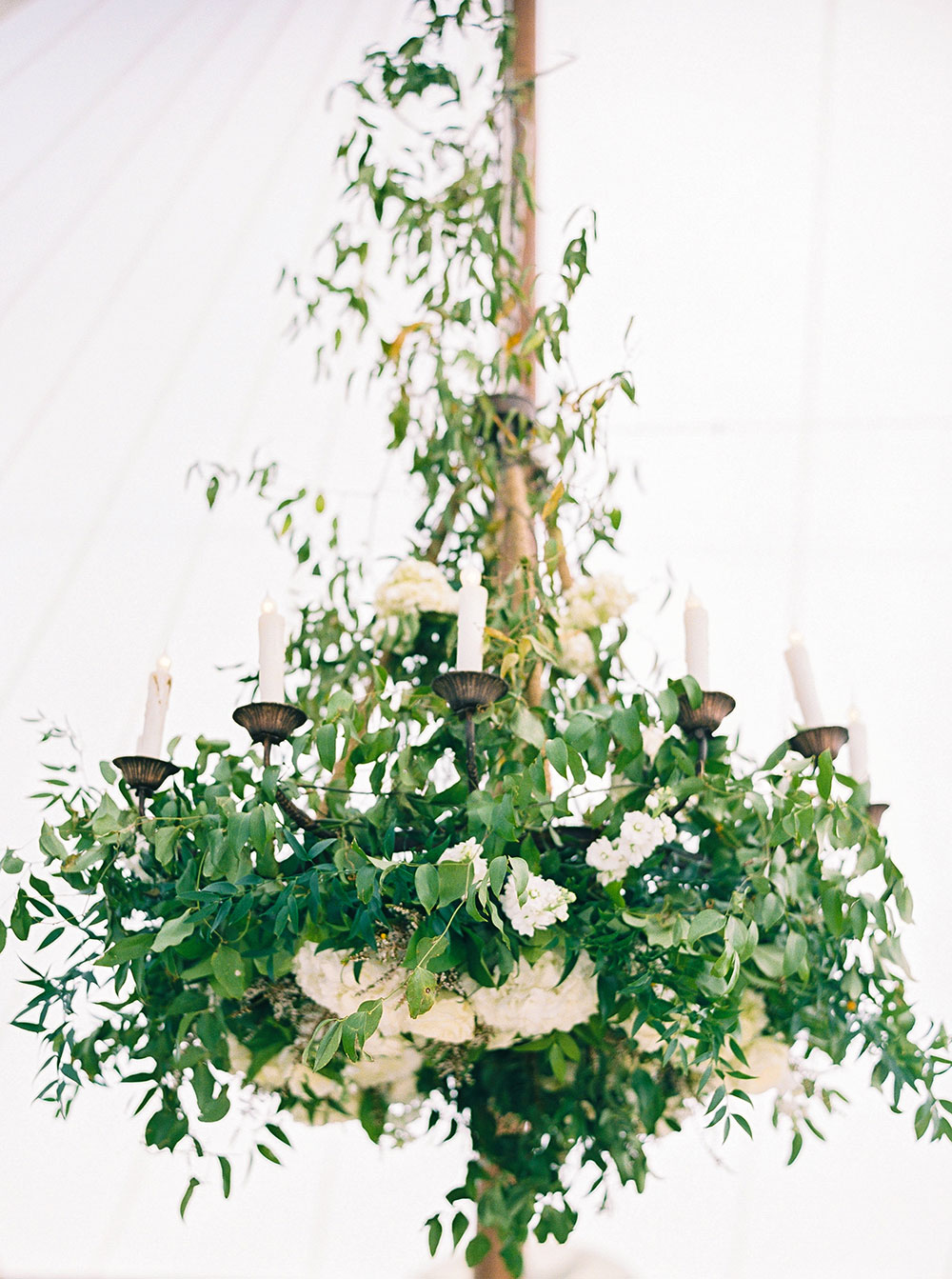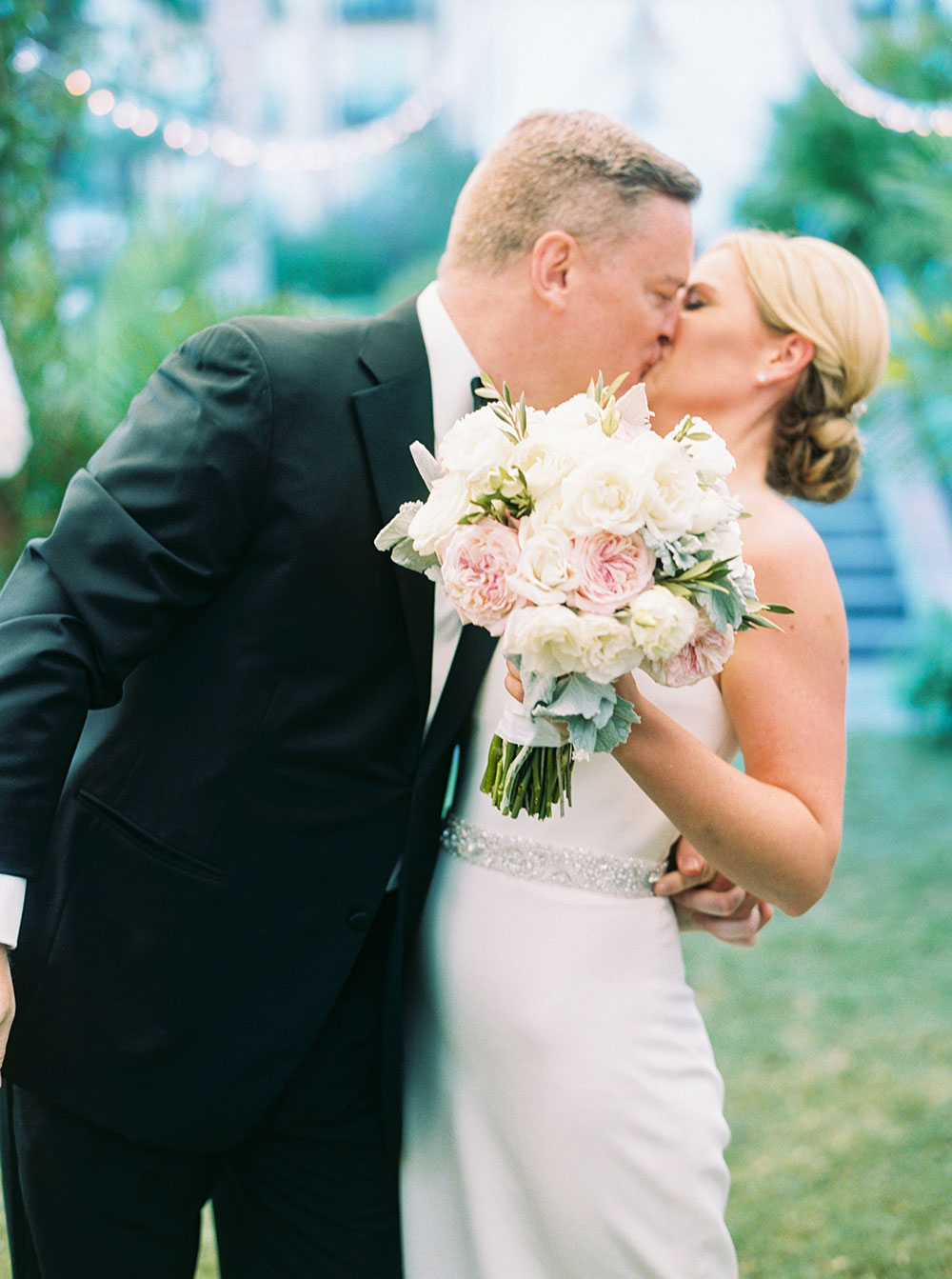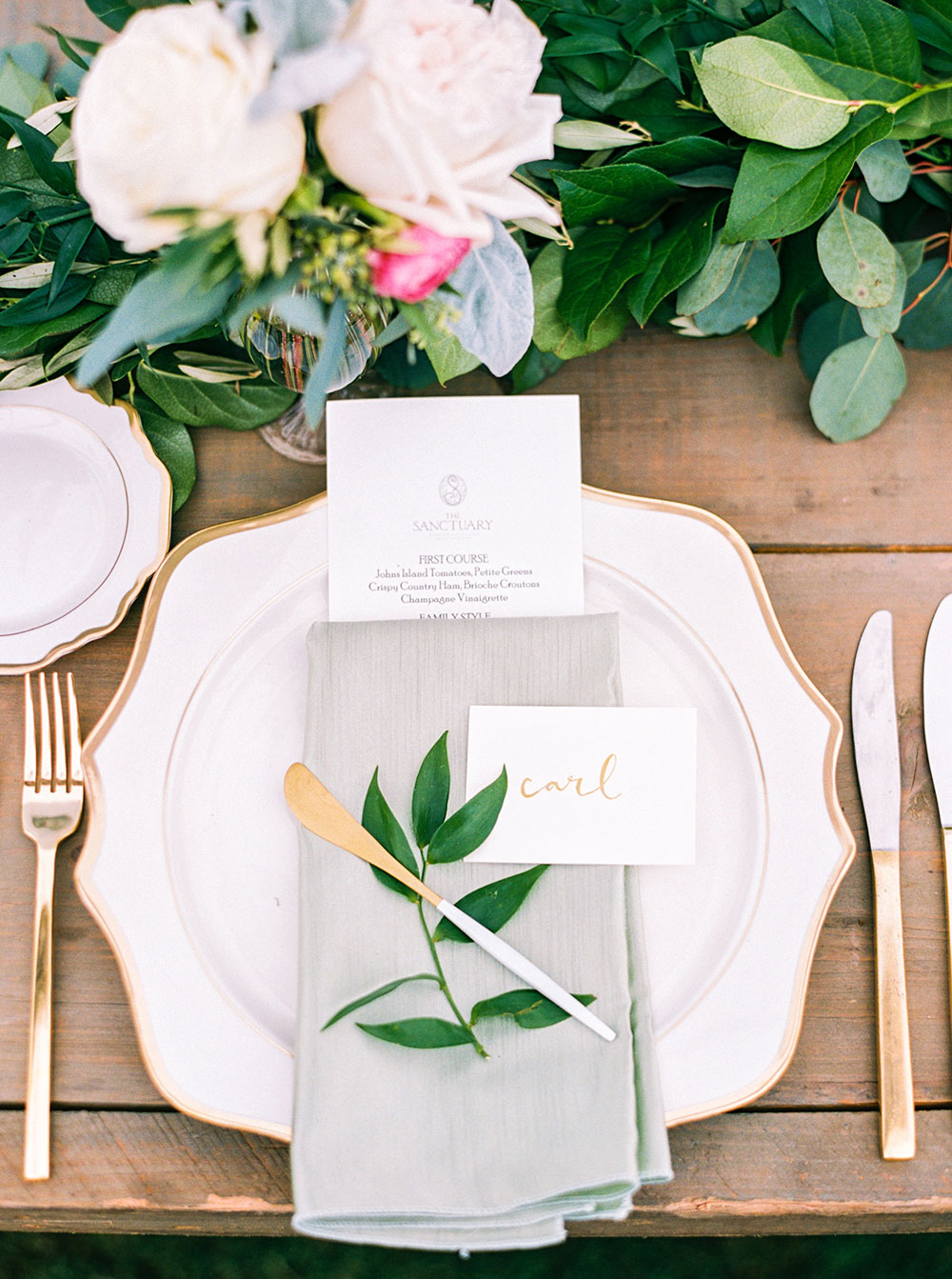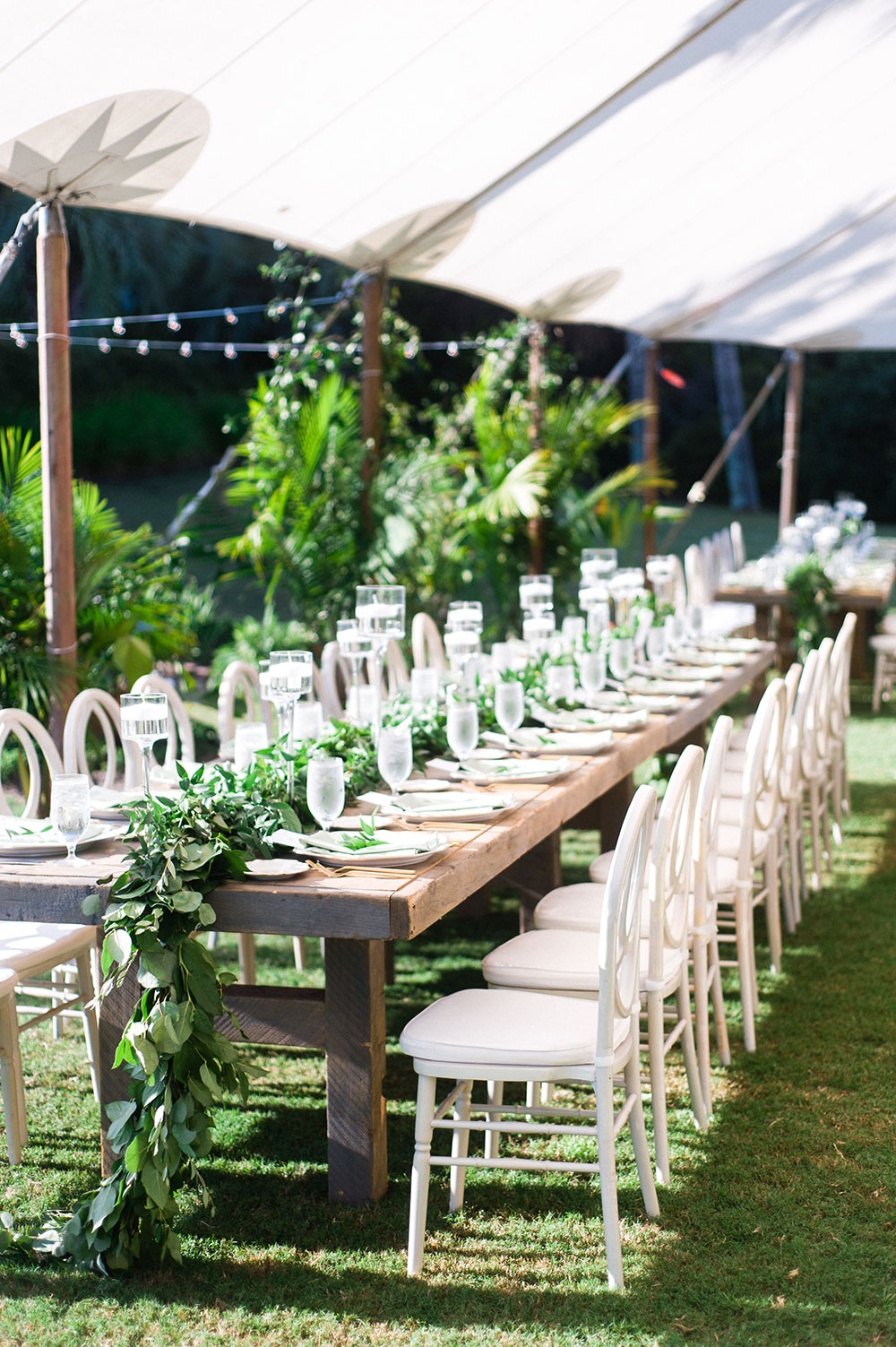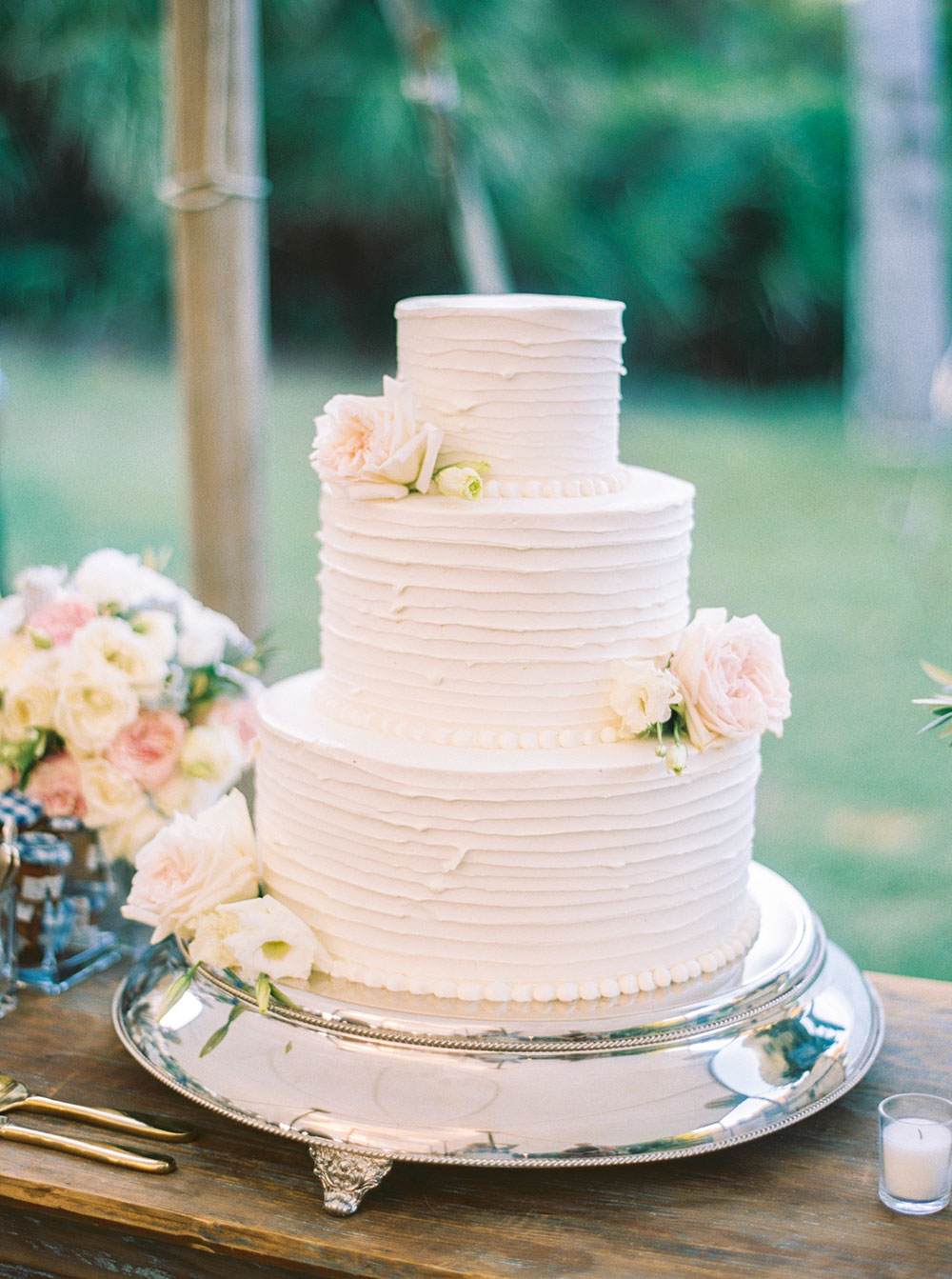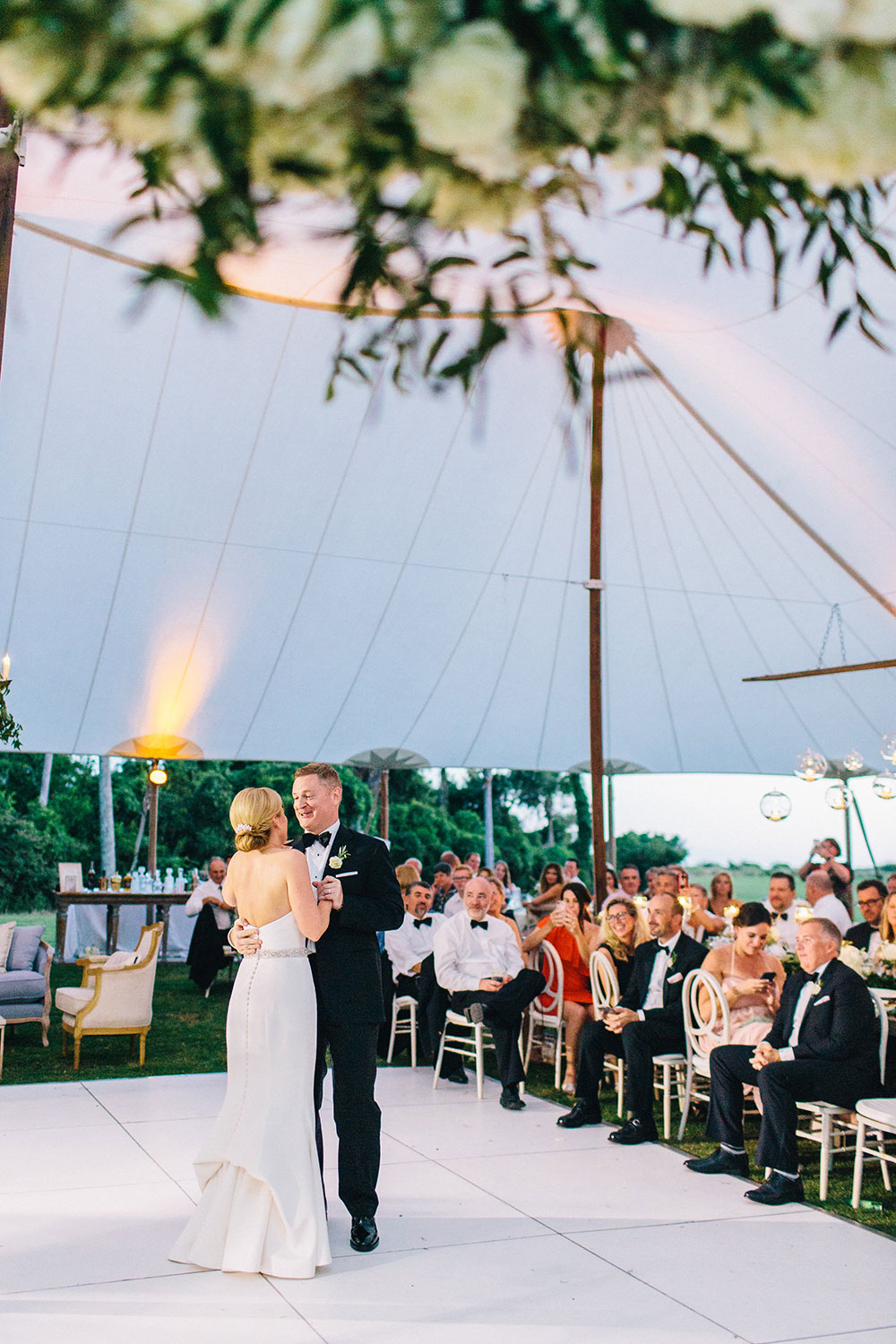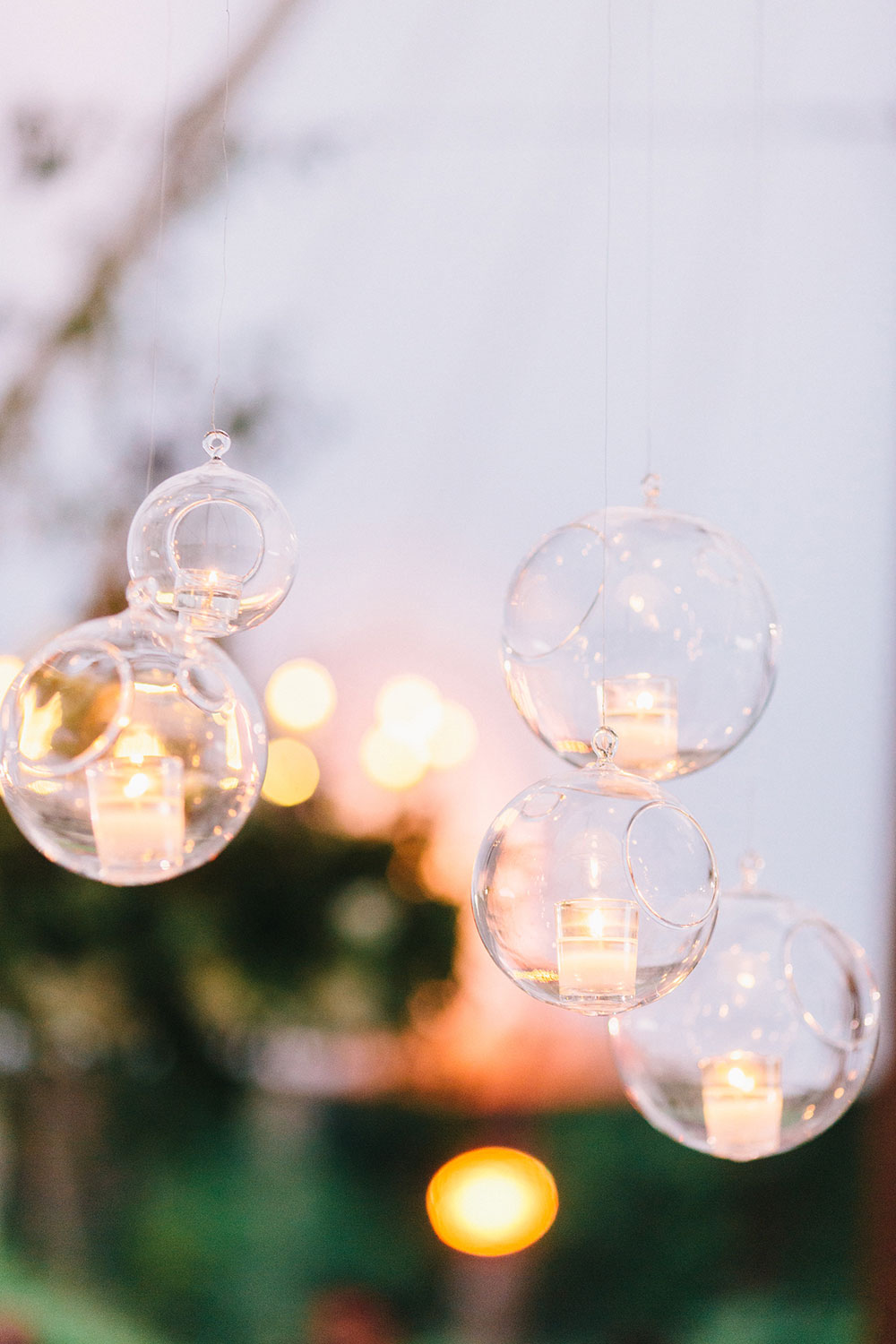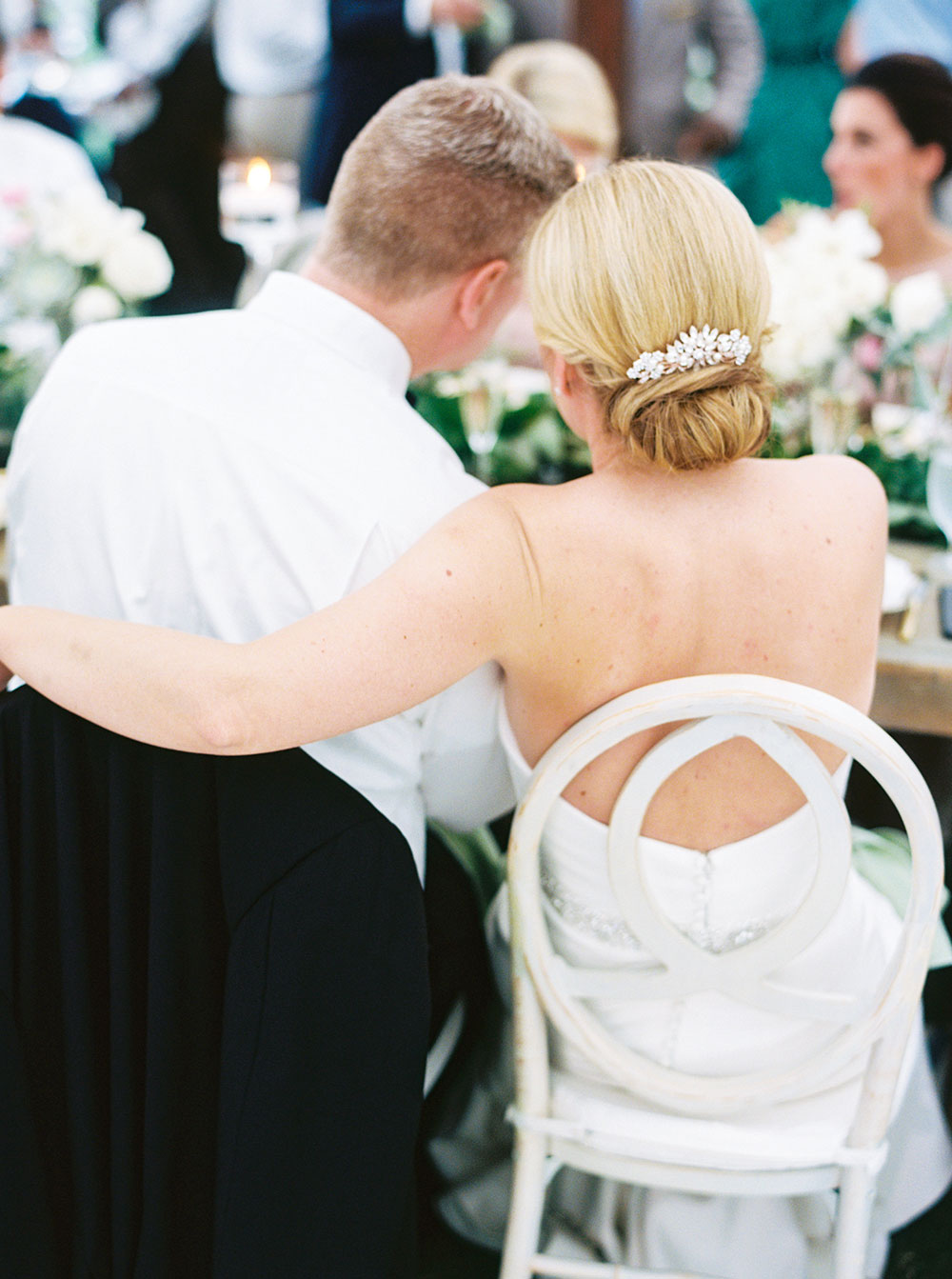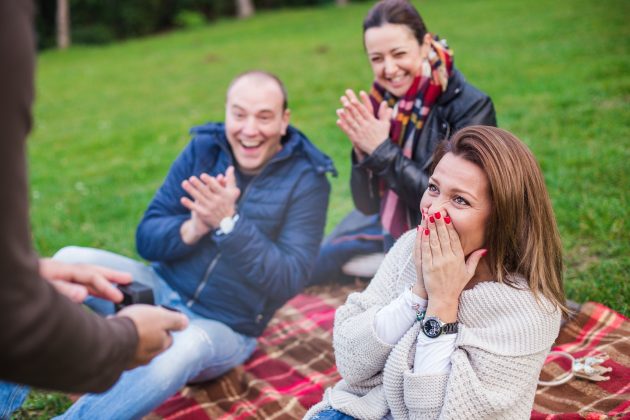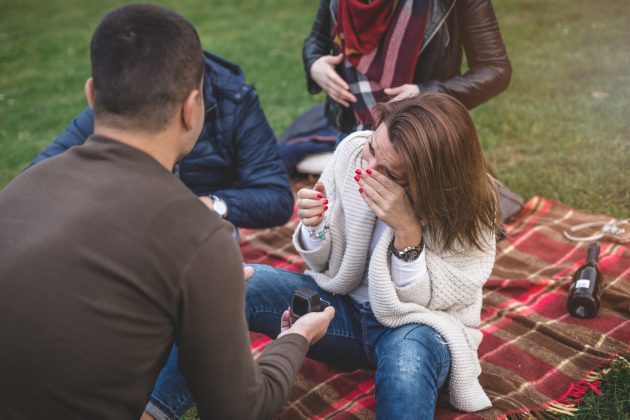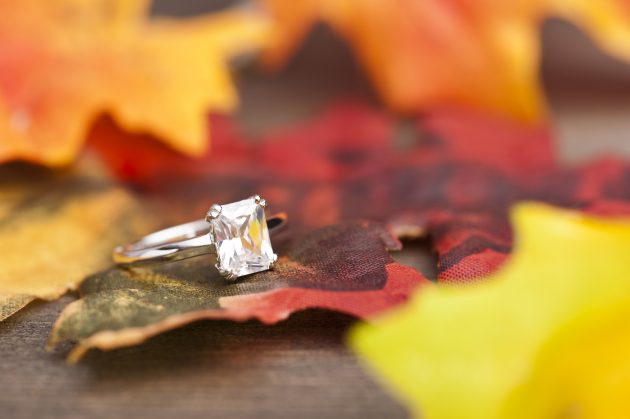Who else is ready for proposal season to heat up? It seems like as soon as the temperatures dip, and the closer we get to the holiday season, the more we see new shiny rings on fingers! And with so many options out there today for rings, we thought we would partner with Clean Origin to navigate the decision making process.
How to navigate the 4 c’s
You’ve likely heard of the four things to look for when you’re searching for a diamond — cut, clarity, color and carat. But what exactly do all of those mean? And why are they so important to your diamond?
Cut
It’s common for people to mix up cut with the shape of the diamond. However, the cut is actually a grade of how well the diamond interacts with light, and how well the jeweler plans, maps and hand cuts the facets on each individual diamond. It’s no surprise that we all want our diamonds to shine, and how well your diamond is cut will ultimately be the deciding factor in how much sparkle you get. The cut of your diamond will be: Good, Very Good, Excellent, Ideal, or unavailable. Obviously, the better the adjective, the better the diamond cut. It’s also common that your diamond might not possess a cut at all. For some fancy-shaped diamonds, such as cushion, there is no cut grade. This is simply because there is not a grading system in place to measure the light return. If you’re interested in one of these shapes, simply talk with your jeweler about what else to look for during the purchasing process — often you’ll be looking for specific qualities in specific cuts.

Clarity
The clarity of a diamond is a bit more self explanatory. Due to the high amounts of pressure that’s used to create a diamond — either in the earth’s surface or in a lab — it’s common for these jewels to include internal characteristics called ‘inclusions’ or external characteristics called ‘blemishes’. Naturally, the fewer characteristics that the diamond has, the more expensive it becomes. When you’re searching for your diamond, the clarity will includes one or two letters and a number — SI2 for example is the lowest you would want to go on the scale if you do not want to see any visible imperfections.
Color
Although a pink diamond might be turning in your head right now, when you hear about color in diamonds, it’s actually referring to the absence of color. The color of a diamond is graded on an alphabetical scale, starting at D and ranging all the way down to Z with D being a colorless diamond and Z being yellow. Most of the time, you’ll want to look for a diamond that is higher up on the alphabet — yellow in a diamond can actually leech the sunlight and minimize sparkle. It’s important to note that the differences from one letter to another are often minute — go with your eye, your gut and a trust jeweler.

Carat
Finally, you’ll have to choose what carat size you want. Carat refers to the actual weight of the diamond. As you probably already know, size is a huge contributor to the price of the stone. It’s extremely important to understand some of the terminology around carat. For example, if you see “tw”, that means “total weight”. Unless marked otherwise, this could be the total of the center stone and the accent diamonds together. If you want a center stone alone that weighs a certain amount, make sure you specify! However, some small differences in carat size can be almost absent to the naked eye, but can cause a dramatic price jump. Make sure your jeweler knows your budget and is getting you the best bang for your buck in that range.
We know, we know, your head is starting to turn with all of these numbers and letters. But don’t worry, your jeweler should be able to help you with all 4 C’s, but it’s important to be educated so that no one tries to rip you off. And, always remember, this is your decision! Sometimes choosing one ‘C’ over another might be the right choice for your style or budget.
Diamond choices
It used to be that you had very little say in where your diamond was sourced. In fact, if you walk into the average jeweler, it’s unlikely that they will be able to tell you where your diamond came from. With lab-grown diamonds, this is no longer the case. Lab-created diamonds, like the ones from Clean Origin, give you an ethical, environmentally friendly and less expensive option for diamonds.
Not only does Clean Origins offer engagement rings, but you can also find loose diamonds, wedding bands, wedding sets, beautiful earrings and also bracelets! With over 100 ring styles available, free shipping, free resizing, a 100-day return policy, and a lifetime manufacturer’s warranty – using them is a no-brainer!
Ethically sourced, environmentally friendly diamonds may be their product, but their business is making sure that the individuals purchasing and receiving those diamonds are 100% satisfied. No matter how small the detail or how many questions you have, they’ll be there to help you throughout this important decision.
